

Determining the ideal length for your arrow is a crucial aspect of archery that often leaves archers scratching their heads. It's a balance between performance, safety, and personal preference. Let's delve into the factors that influence arrow length and help you find the perfect fit for your setup.
Why Arrow Length Matters
The length of your arrow significantly impacts several key factors:
Spine: The arrow's stiffness, or spine, is directly related to its length. A longer arrow will generally be stiffer than a shorter one.
Clearance: The arrow must have sufficient clearance from the riser and other bow components to prevent damage and ensure safe shooting.
Stability: Arrow length affects its stability in flight, influencing accuracy and penetration.
Personal Preference: Some archers simply prefer a certain arrow length for comfort or aesthetic reasons.
Measuring Your Draw Length
Before determining arrow length, you need to accurately measure your draw length. This is the distance from the anchor point on your face to the back of the bow when fully drawn. There are various methods to measure draw length, including using a draw board or a tape measure.
The Role of Bow Length
Your bow's length also plays a part in determining arrow length. Longer bows generally require longer arrows to maintain proper clearance and achieve optimal performance. However, this is not a strict rule, as other factors come into play.
Arrow Spine and Length
As mentioned earlier, arrow spine is closely related to length. A stiffer arrow is generally shorter, while a softer arrow is longer. The correct spine is essential for accurate shooting, as an under-spined arrow will flex excessively, while an over-spined arrow will be too stiff.
Clearance Issues
Insufficient arrow length can lead to clearance problems, such as the arrow hitting the riser or other bow components. This can result in damaged equipment and potential injury. On the other hand, an excessively long arrow might interfere with your grip or hinder your shooting form.
Finding the Sweet Spot
So, how do you find the perfect arrow length? There's no one-size-fits-all answer, but here are some general guidelines:
Start with a standard length: Most manufacturers offer arrows in standard lengths that are suitable for a wide range of archers.
Consider your draw length: A good starting point is to choose an arrow that is approximately 1-1.5 inches longer than your draw length.
Experiment with different lengths: Don't be afraid to try different arrow lengths to find what works best for you.
Pay attention to clearance: Ensure your arrow has adequate clearance from the riser and other bow components.
Tune your bow: Proper bow tuning can also help compensate for minor arrow length discrepancies.
The Impact of Arrow Length on Different Archery Disciplines
The ideal arrow length can vary depending on the type of archery you practice.
Target Archery: Accuracy is paramount. A slightly longer arrow can provide added stability, but excessive length might hinder maneuverability.
Hunting: Penetration is crucial. Shorter arrows tend to penetrate deeper, but you need to ensure sufficient clearance for broadheads.
Field Archery: Versatility is key. A moderate arrow length that balances accuracy and penetration is often preferred.
Tips for Cutting Your Arrows
If you need to cut your arrows to the desired length, here are some essential tips:
Use a dedicated arrow cutter: This tool ensures a clean and precise cut.
Measure carefully: Double-check the desired length before cutting.
Balance the arrow: After cutting, rebalance the arrow to maintain proper flight characteristics.
Install inserts and points: Complete the arrow by installing inserts and points.
Conclusion
Determining the optimal arrow length is a combination of science and art. By understanding the factors that influence arrow length and experimenting with different options, you can find the perfect setup for your archery goals. Remember, the right arrow length is essential for achieving consistent accuracy and maximizing your enjoyment of the sport.